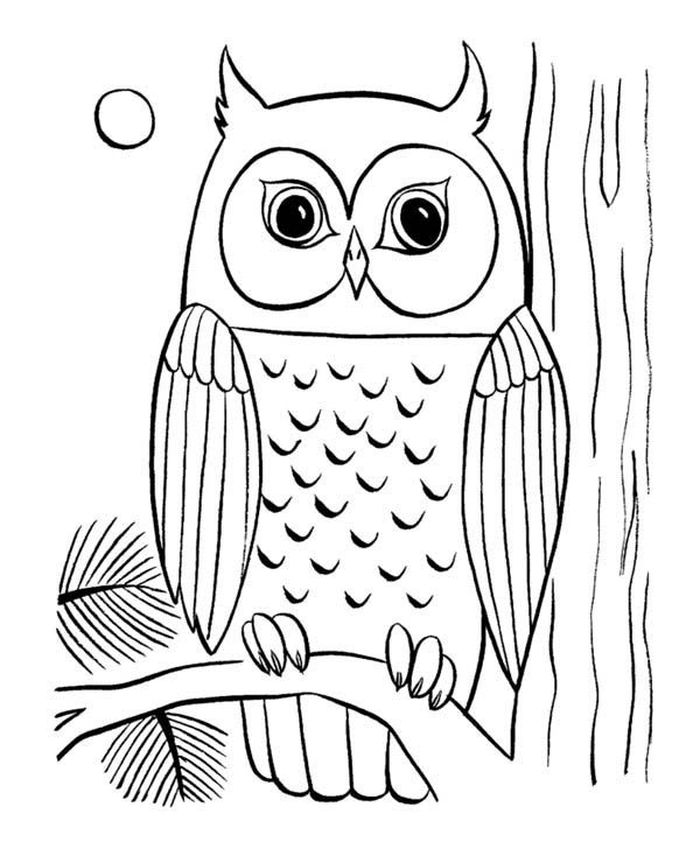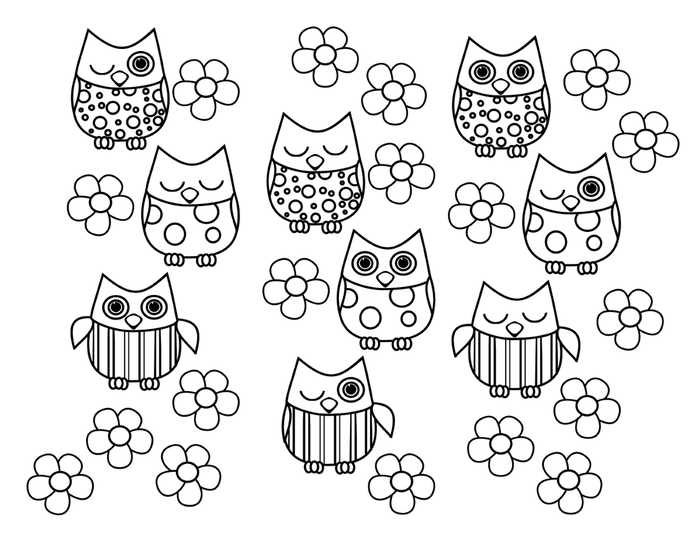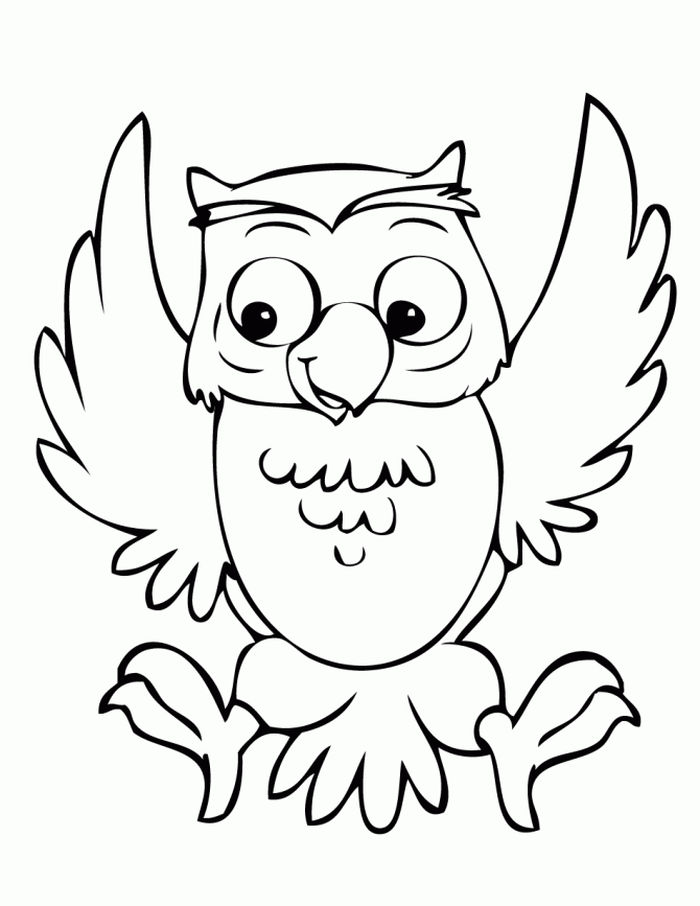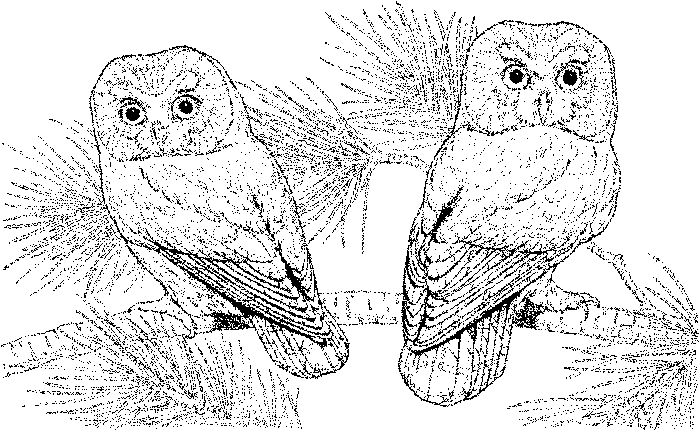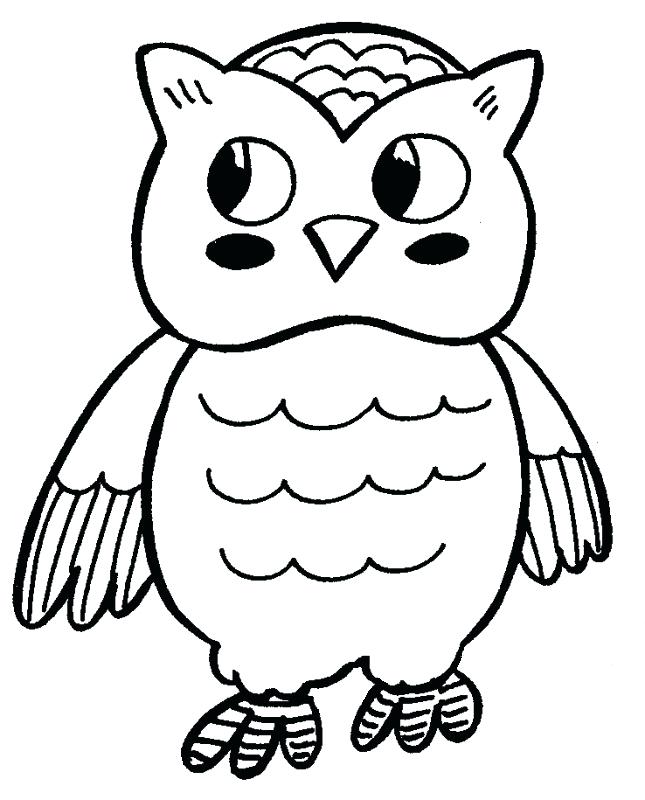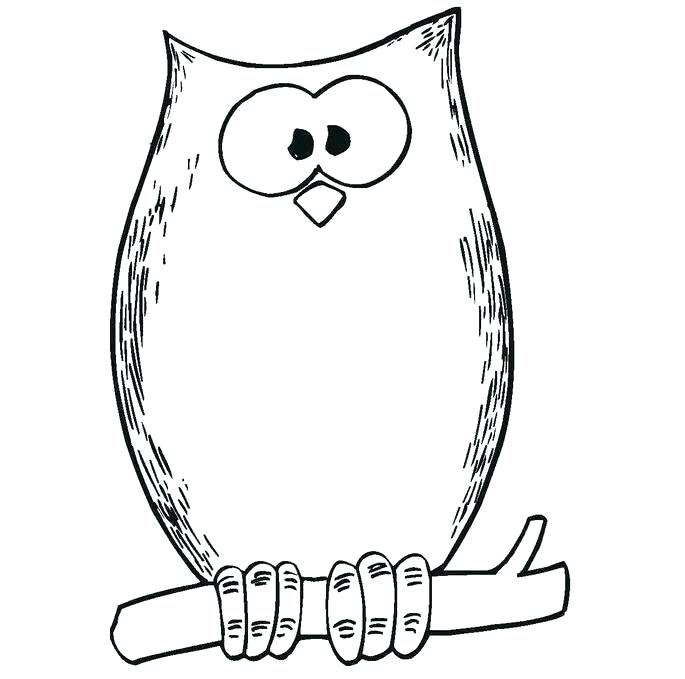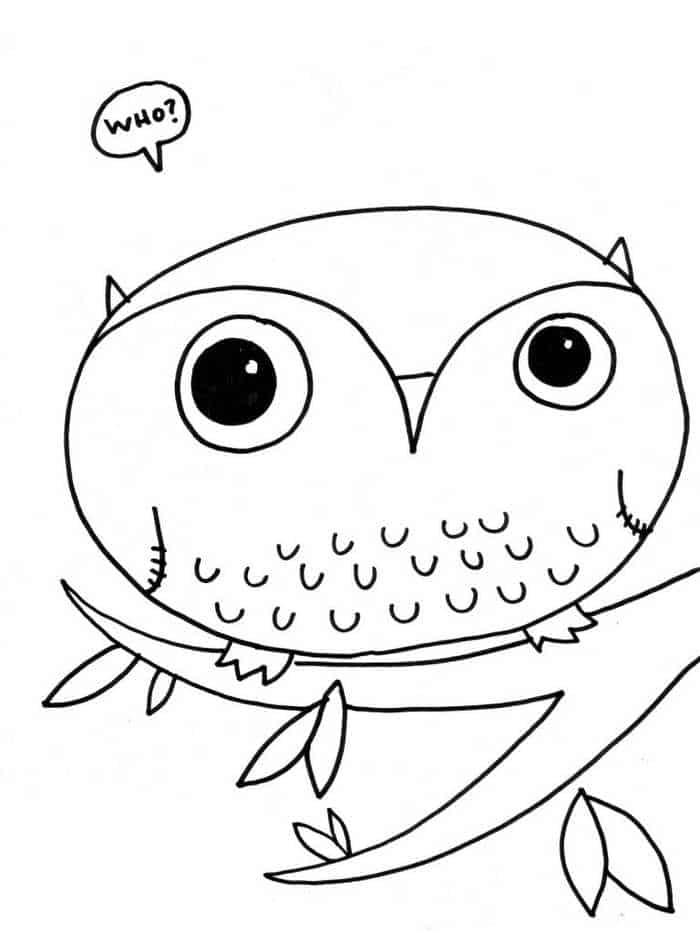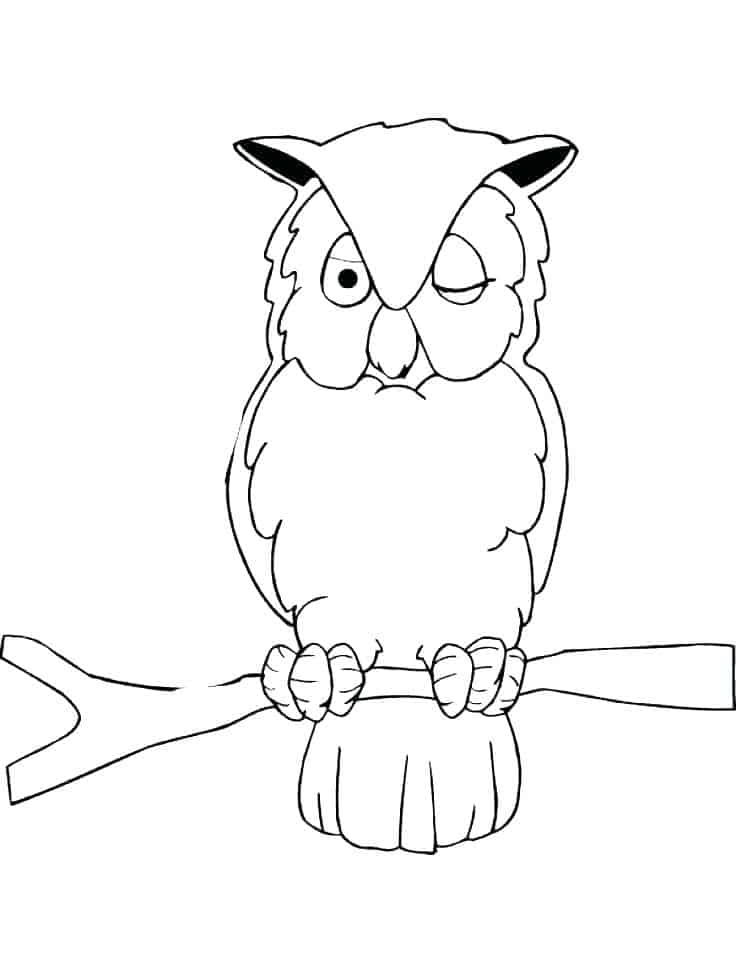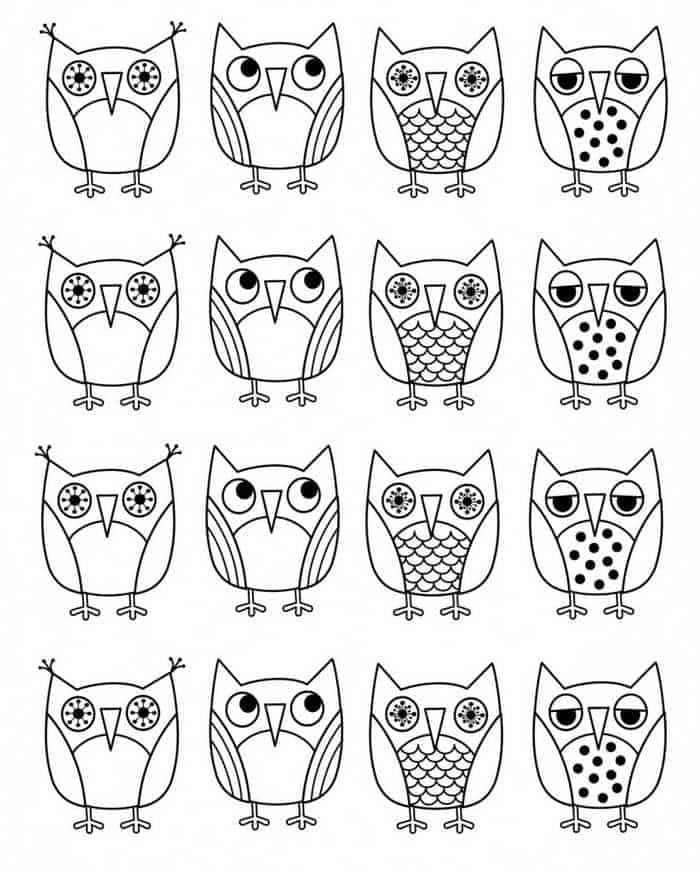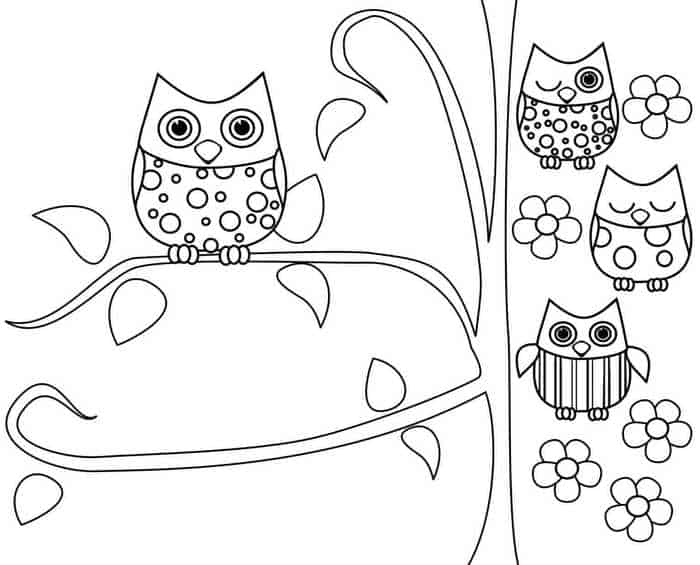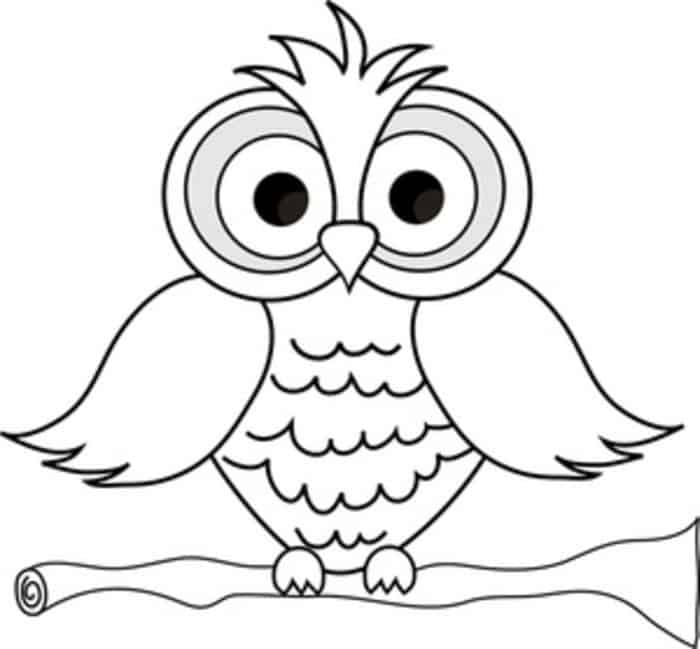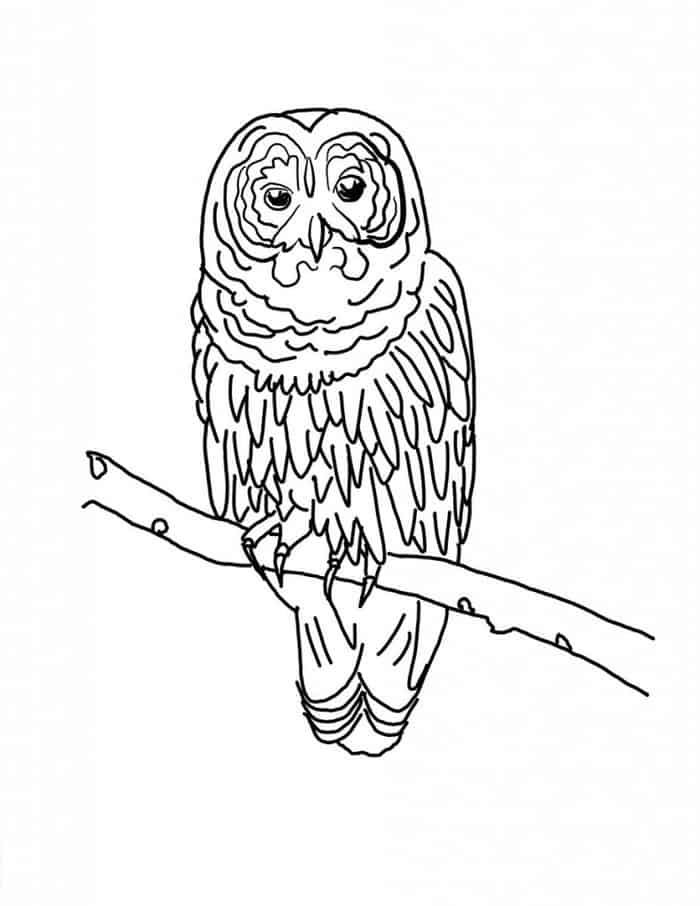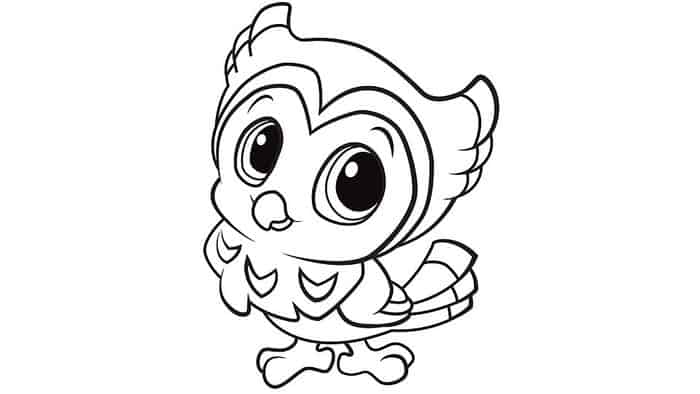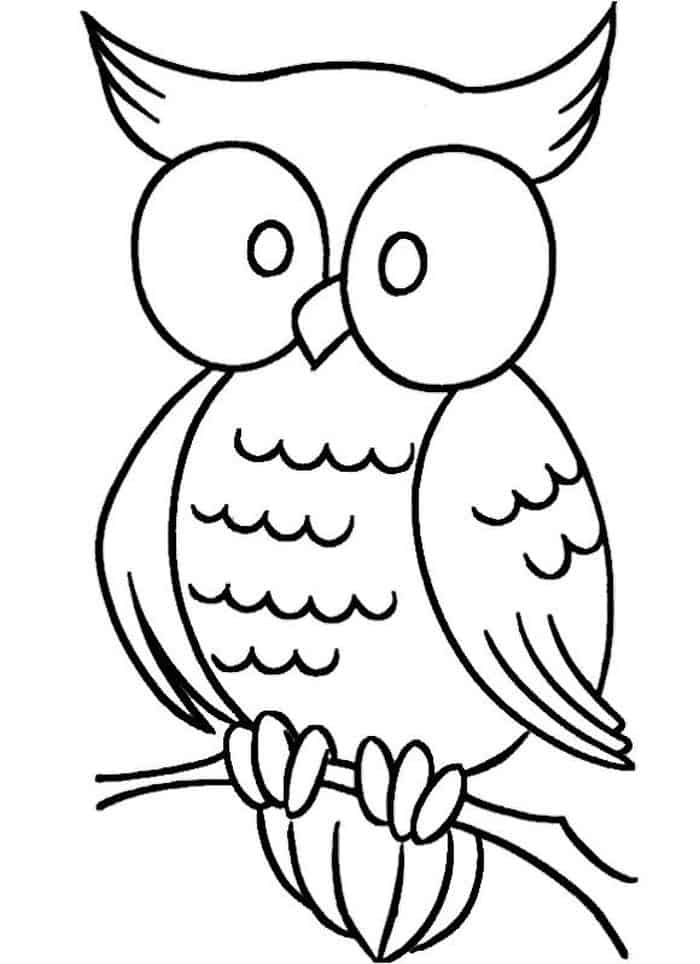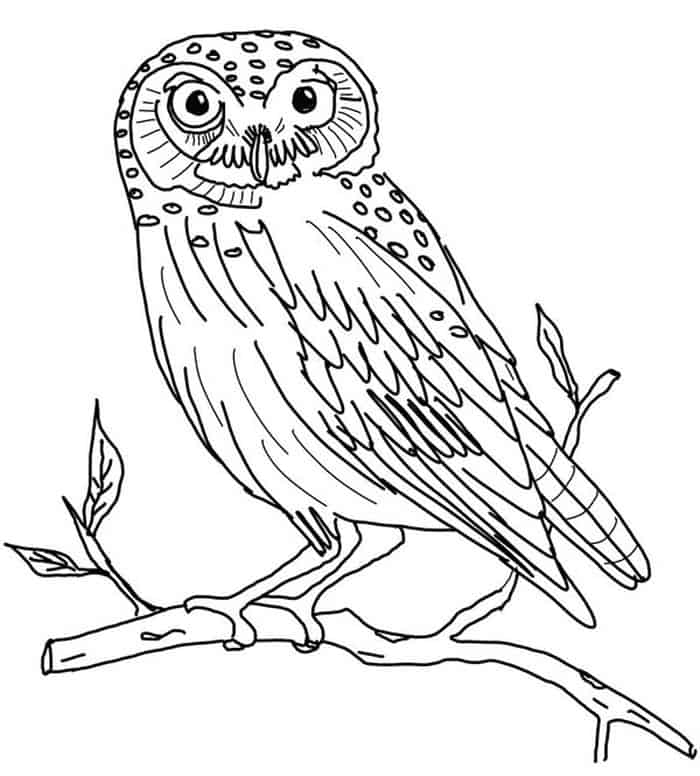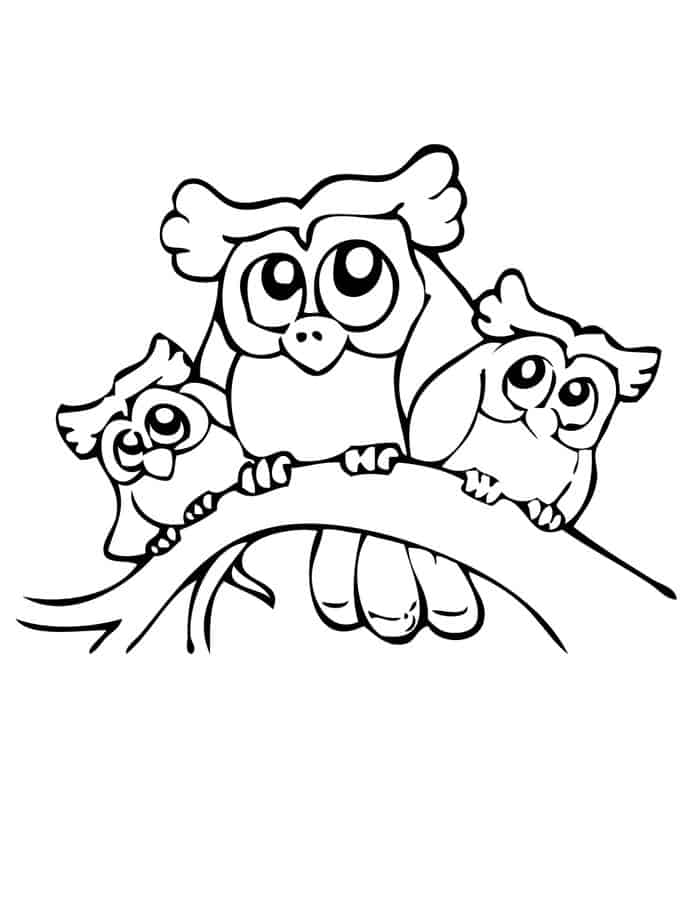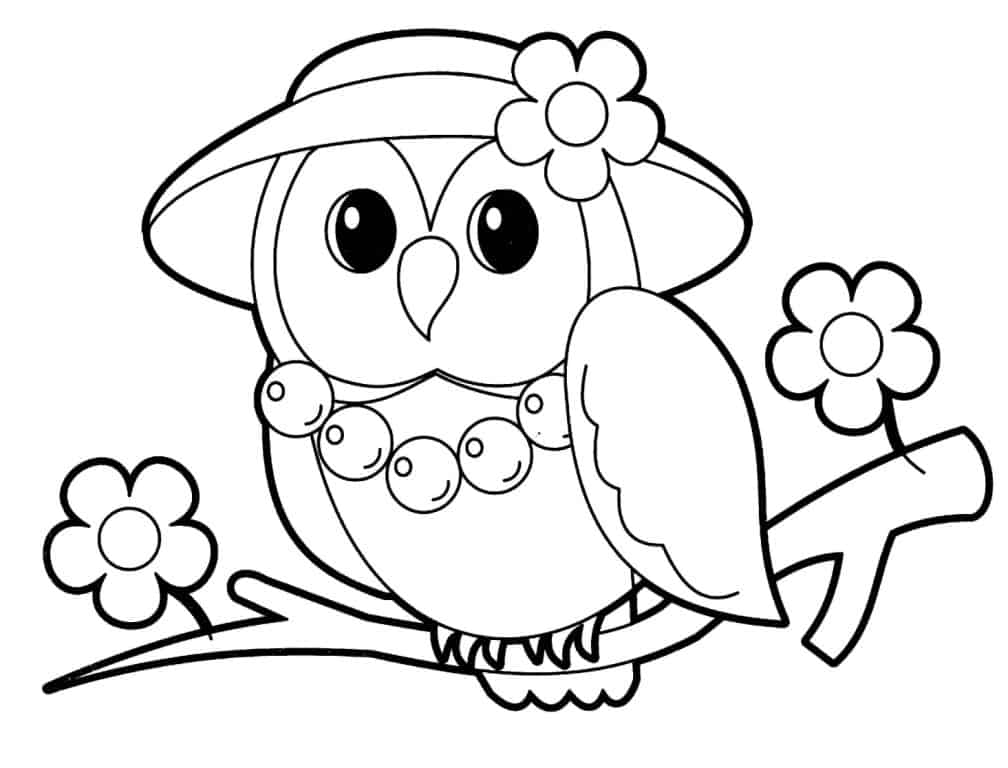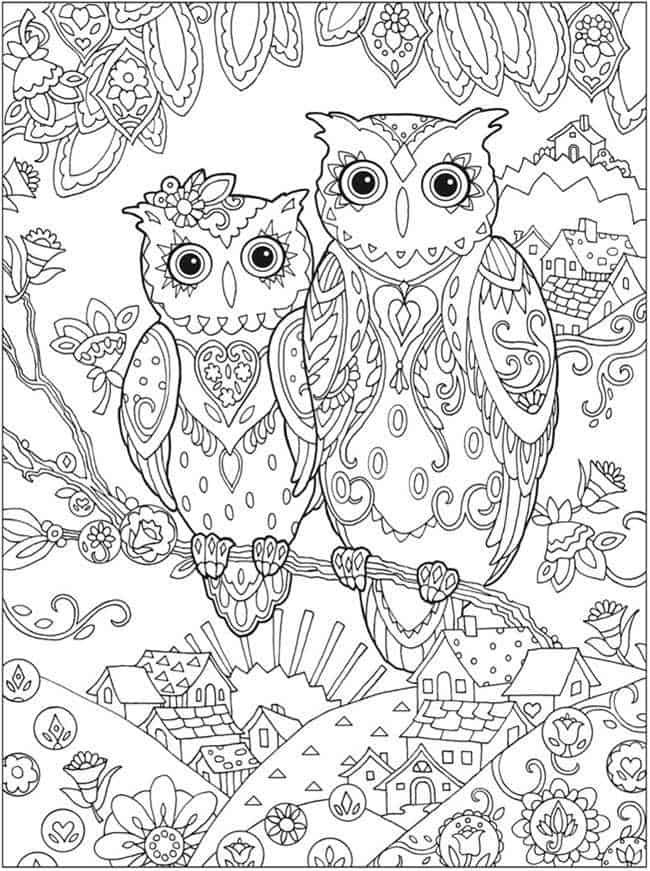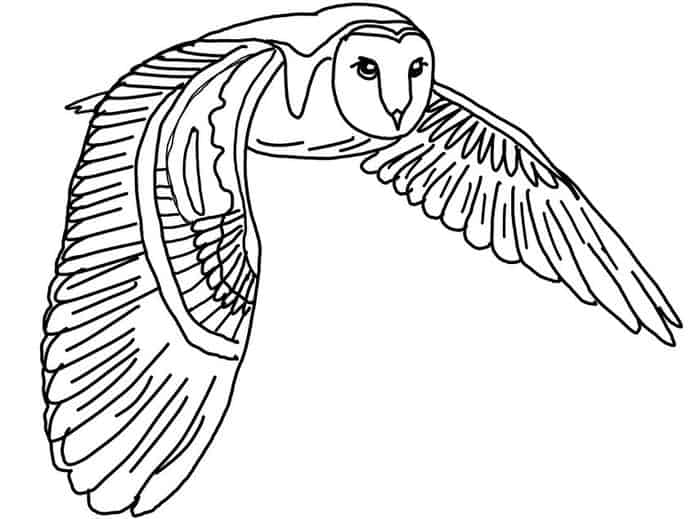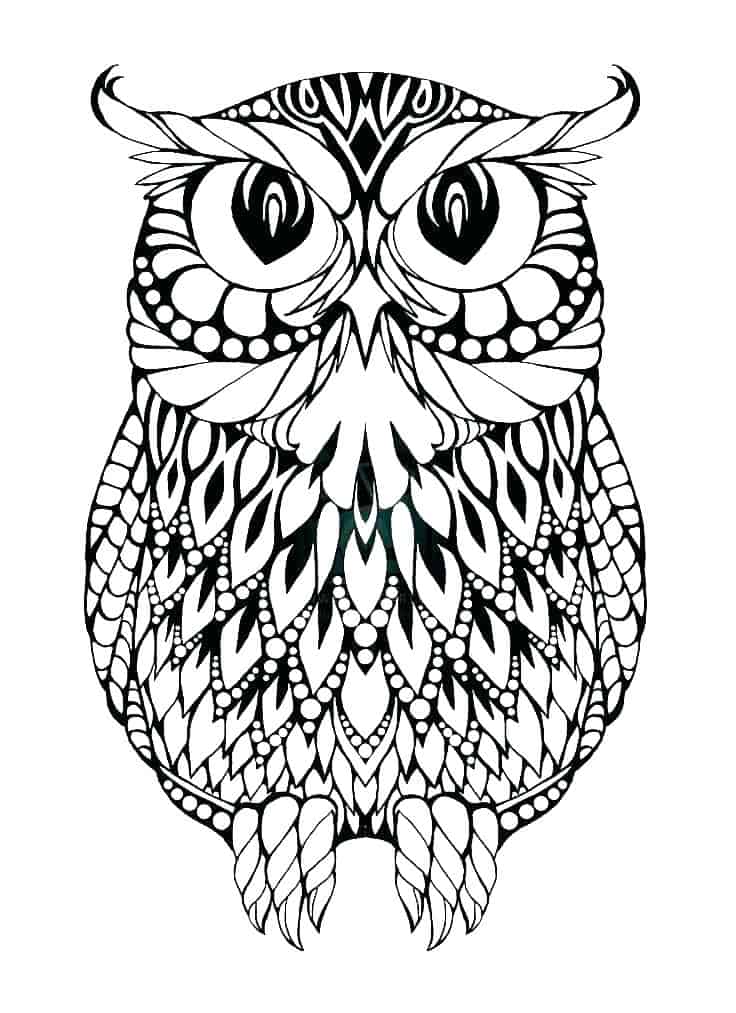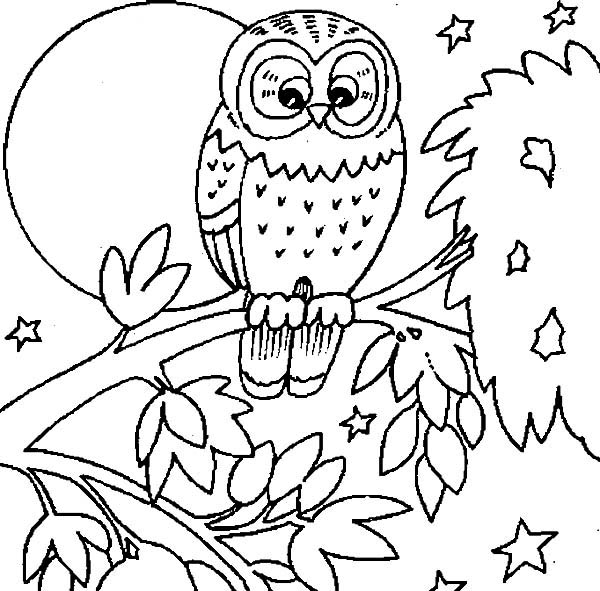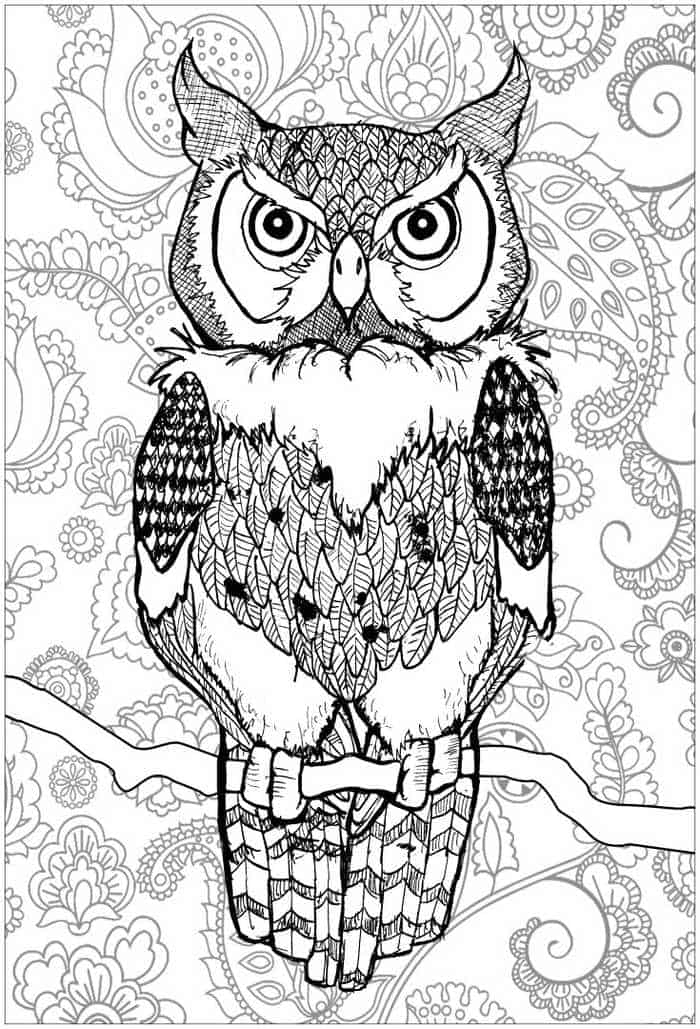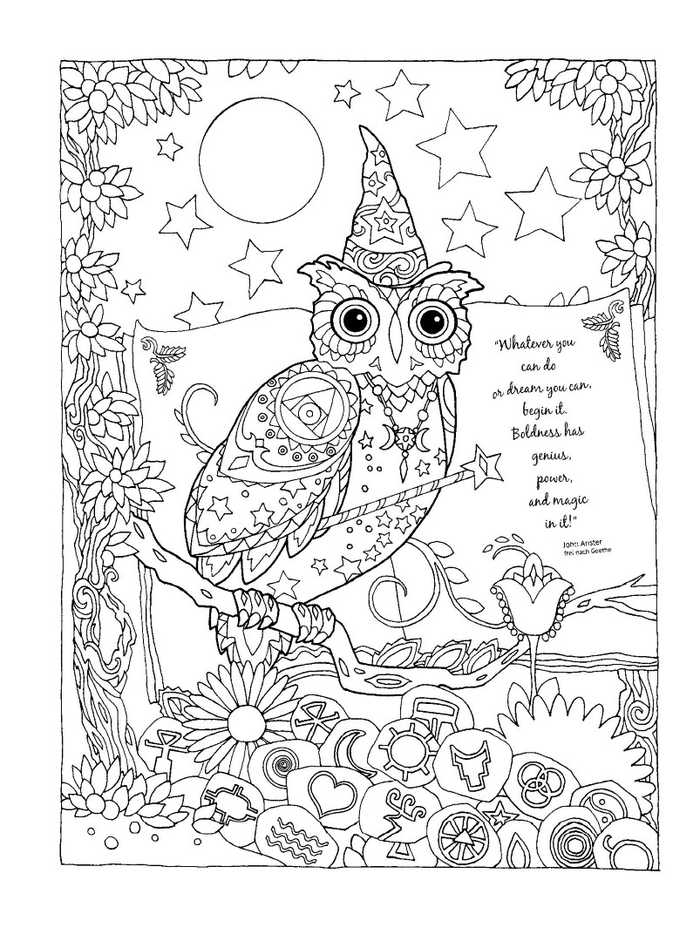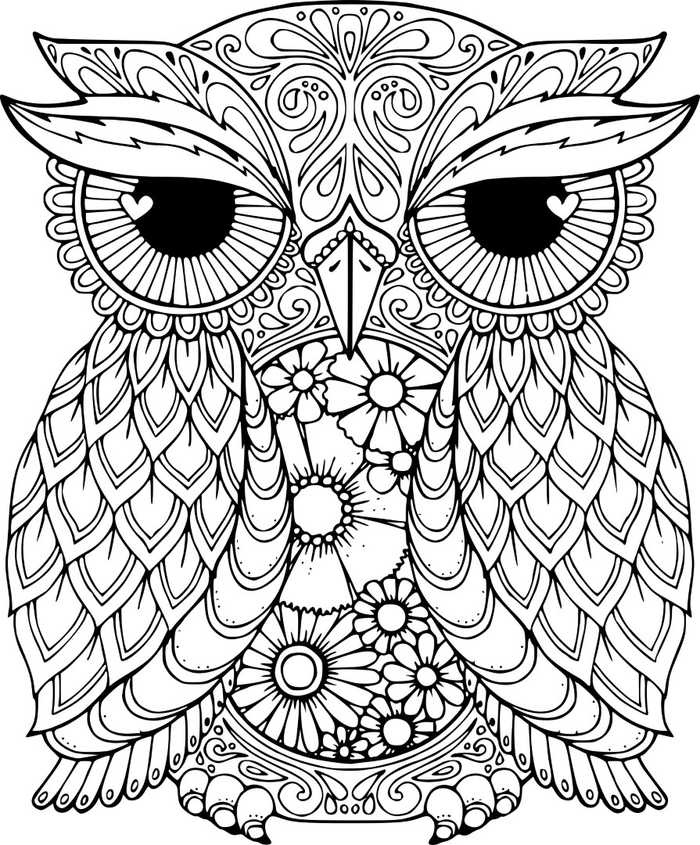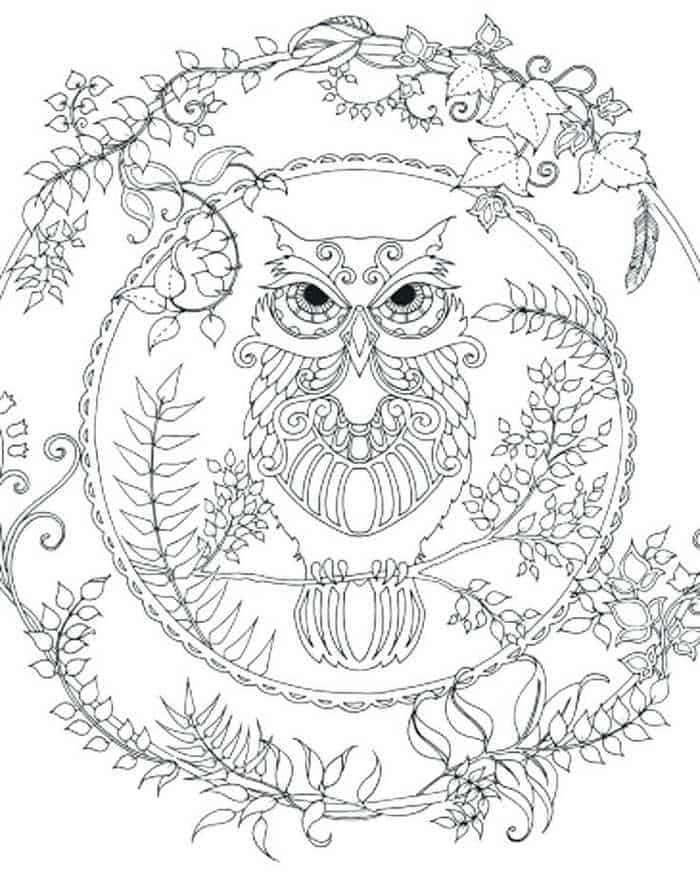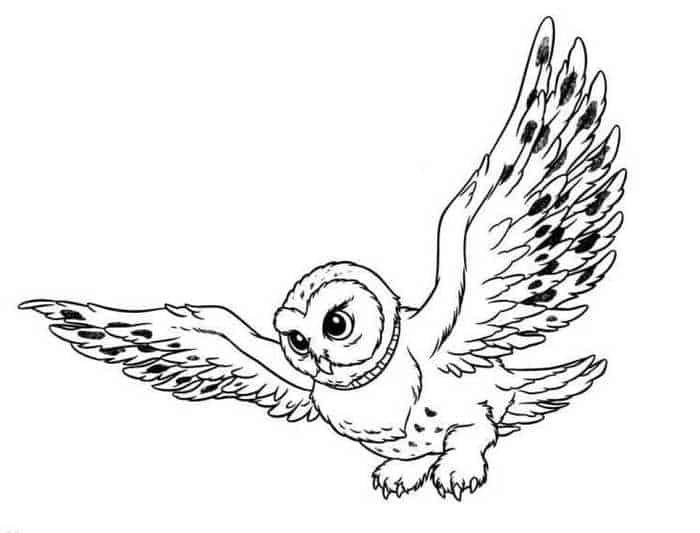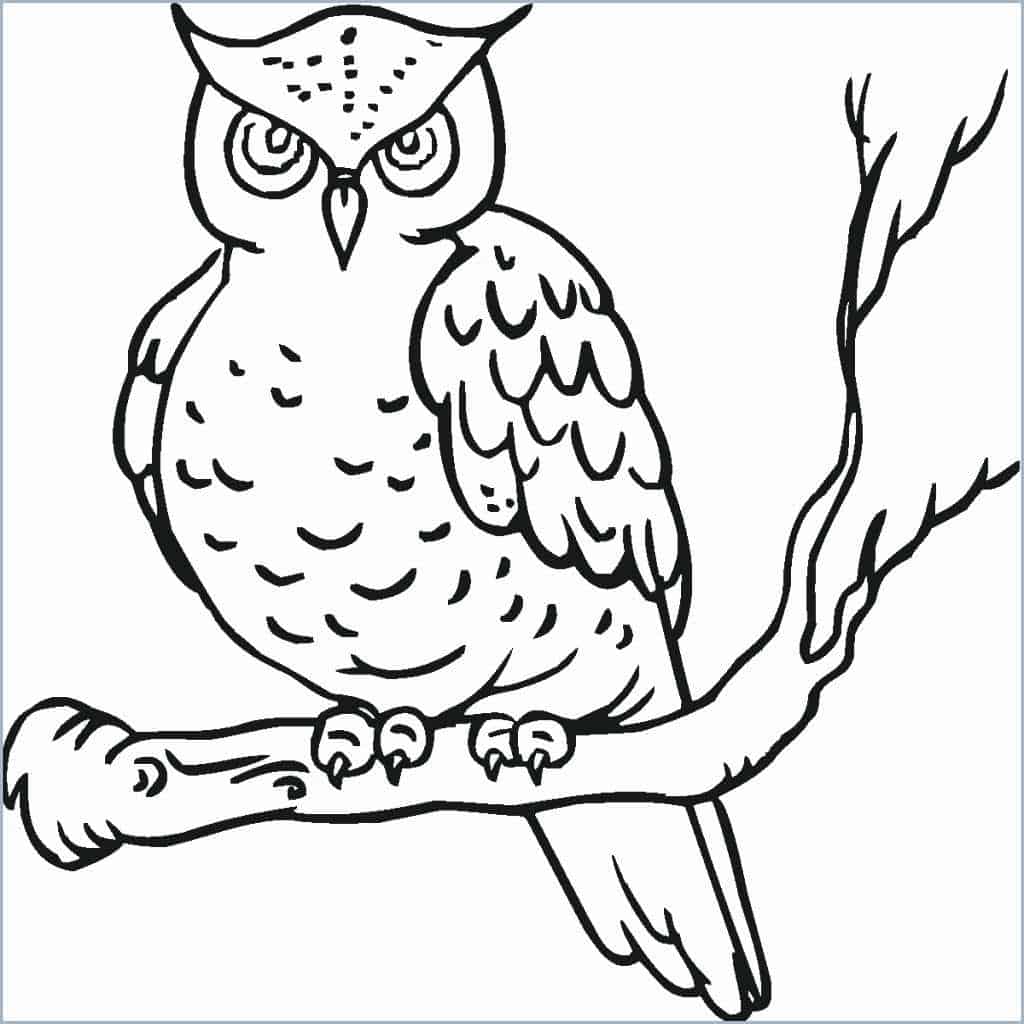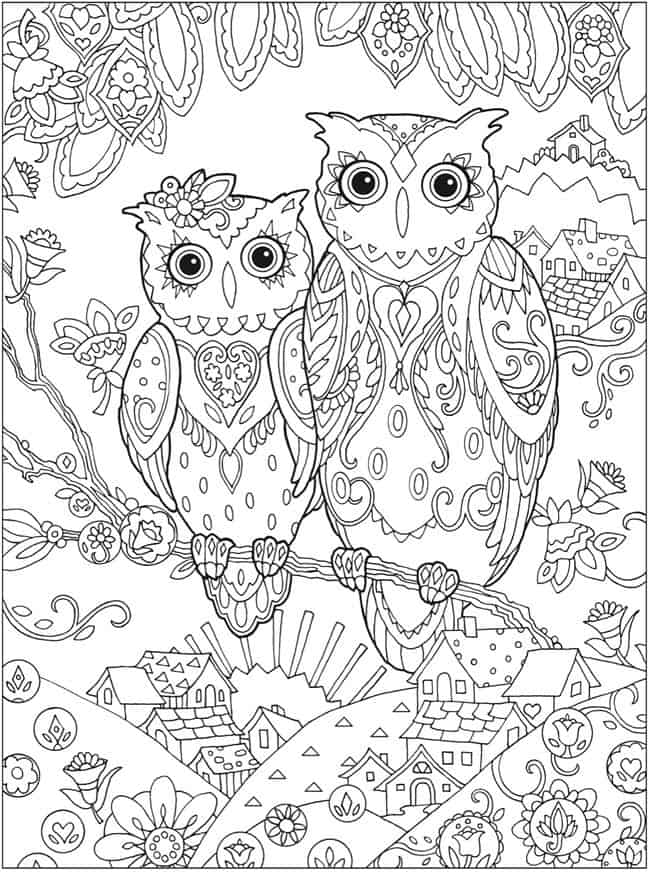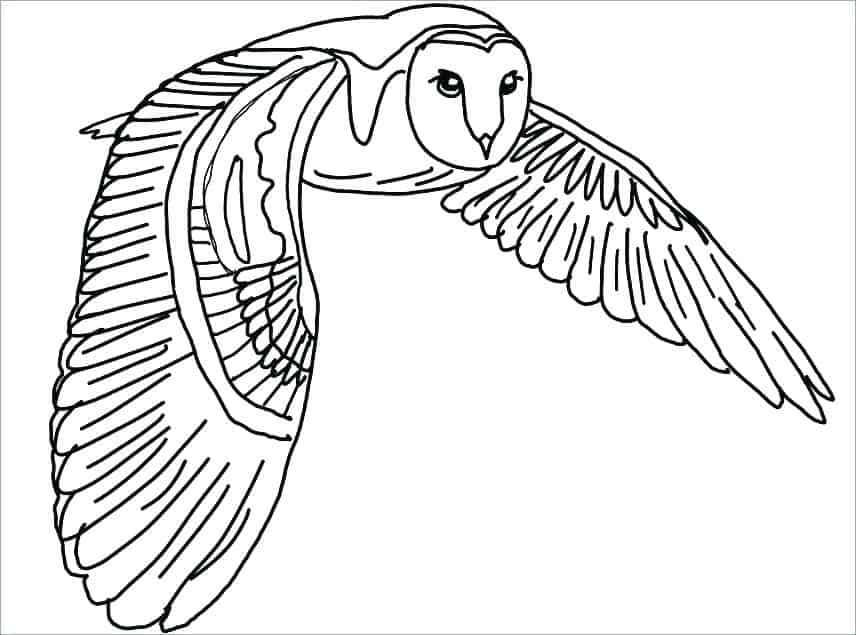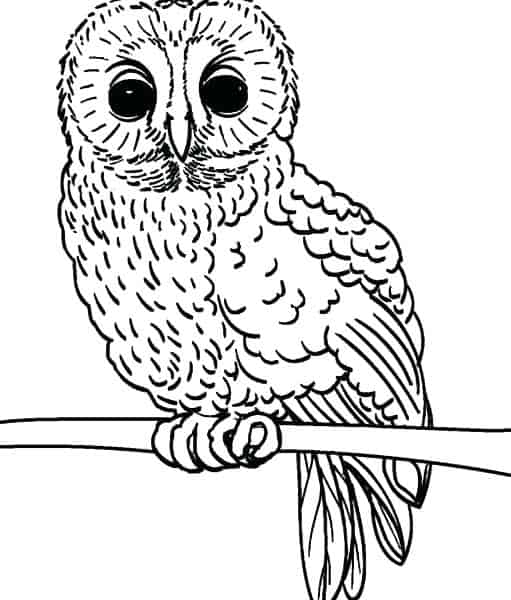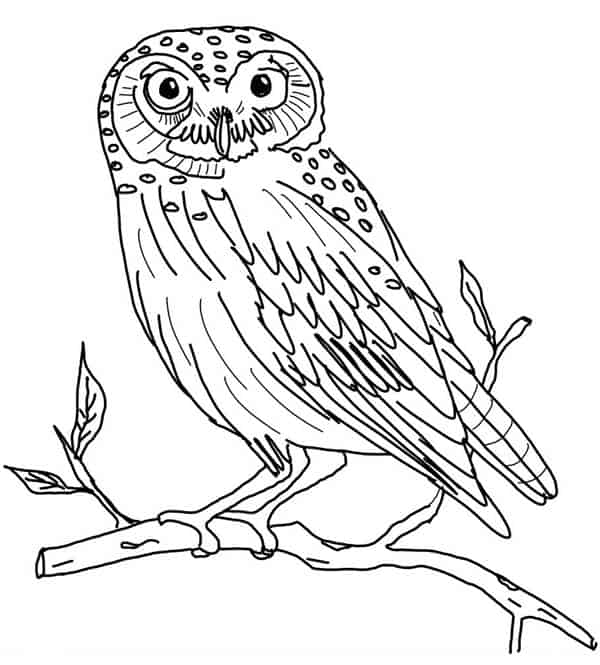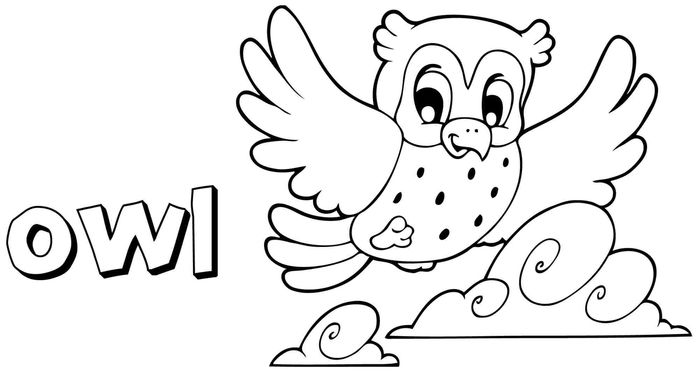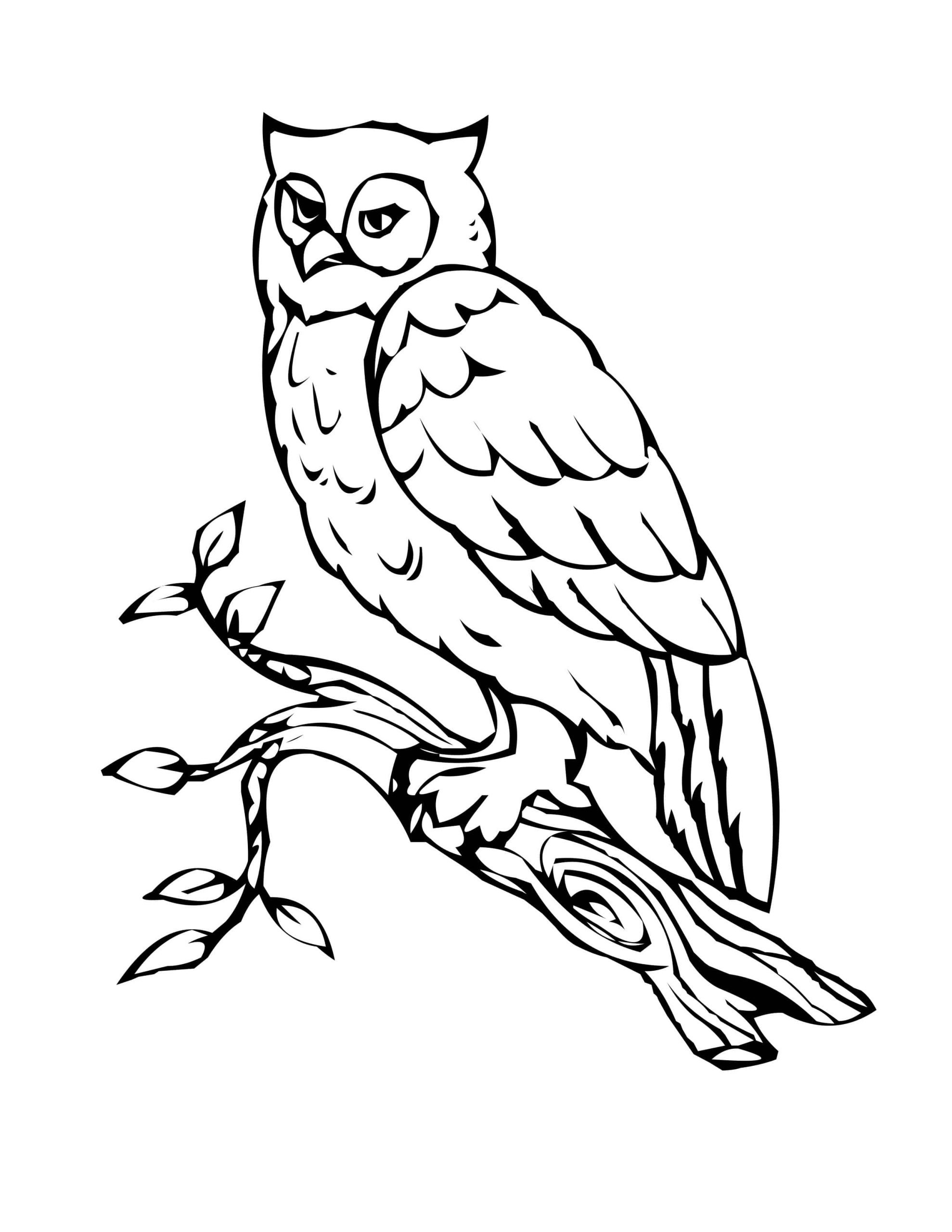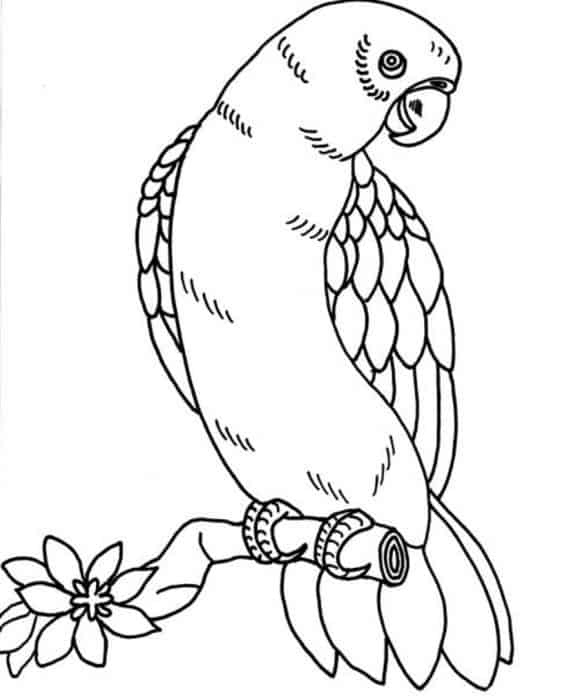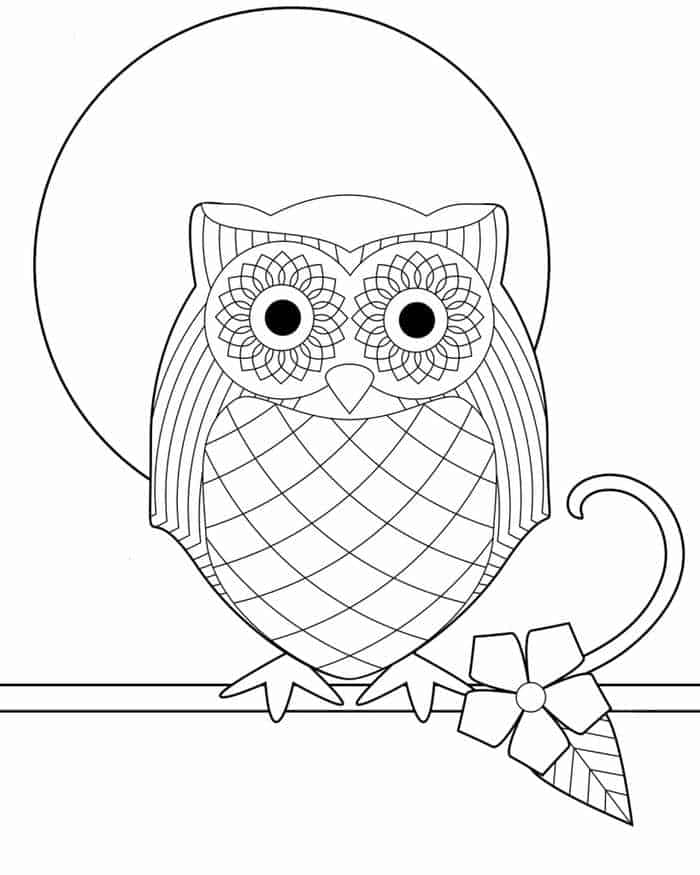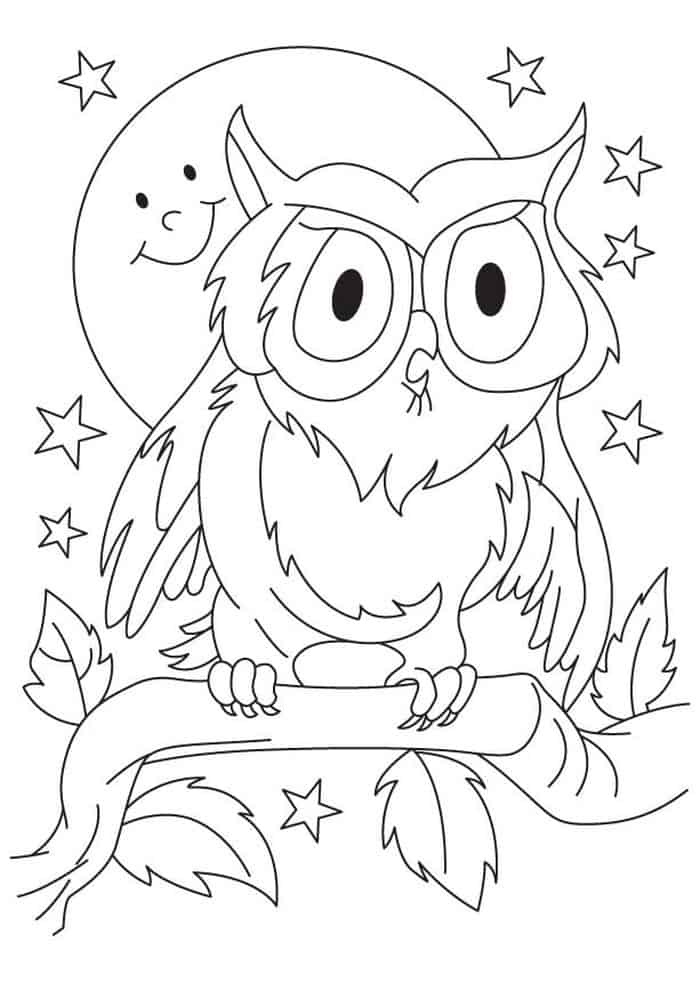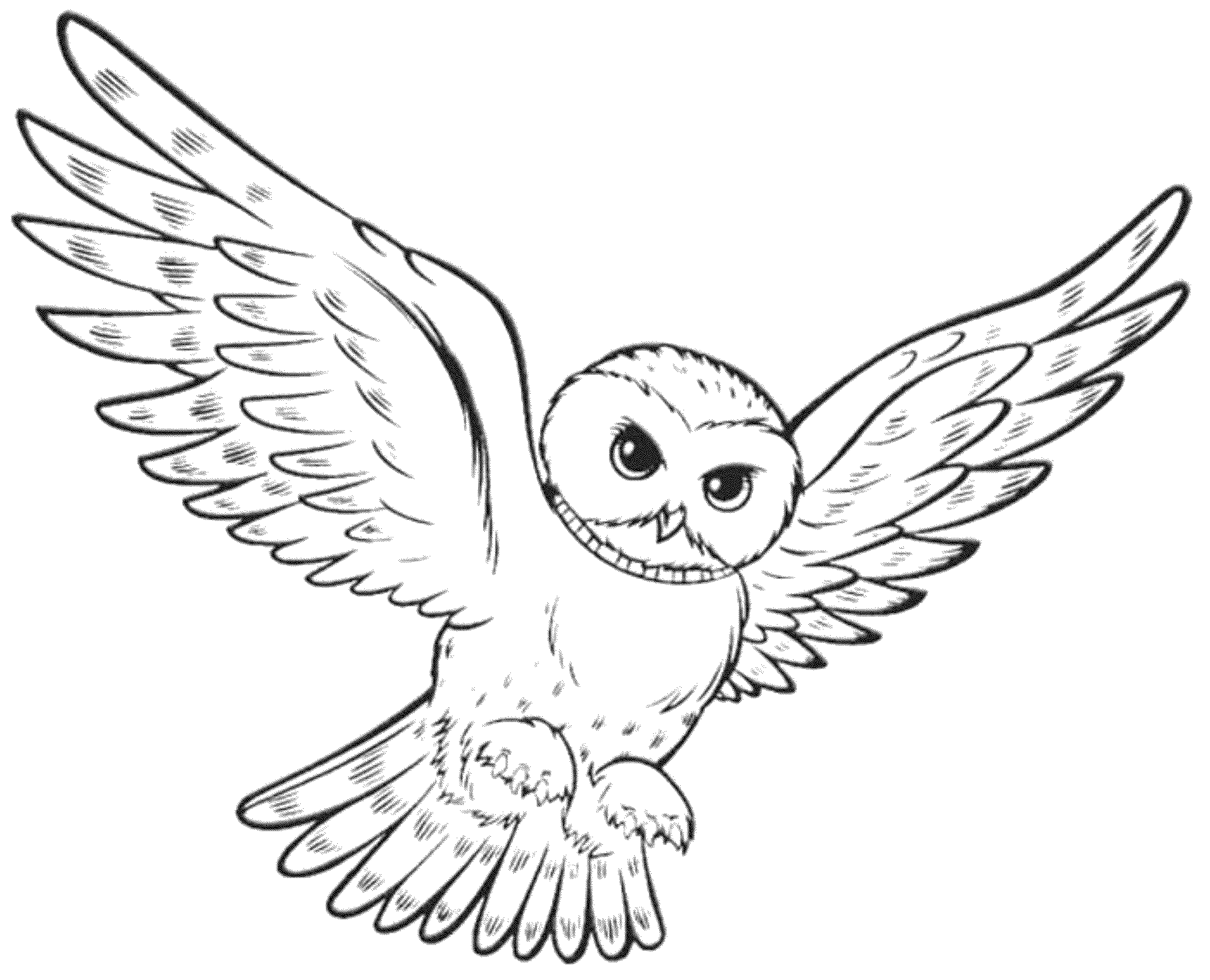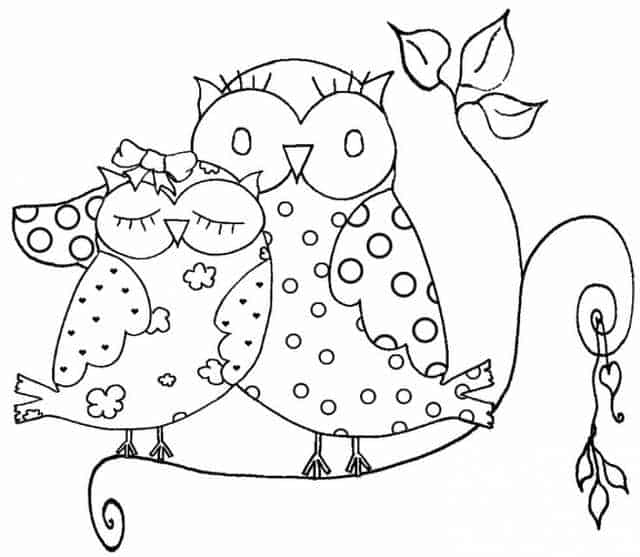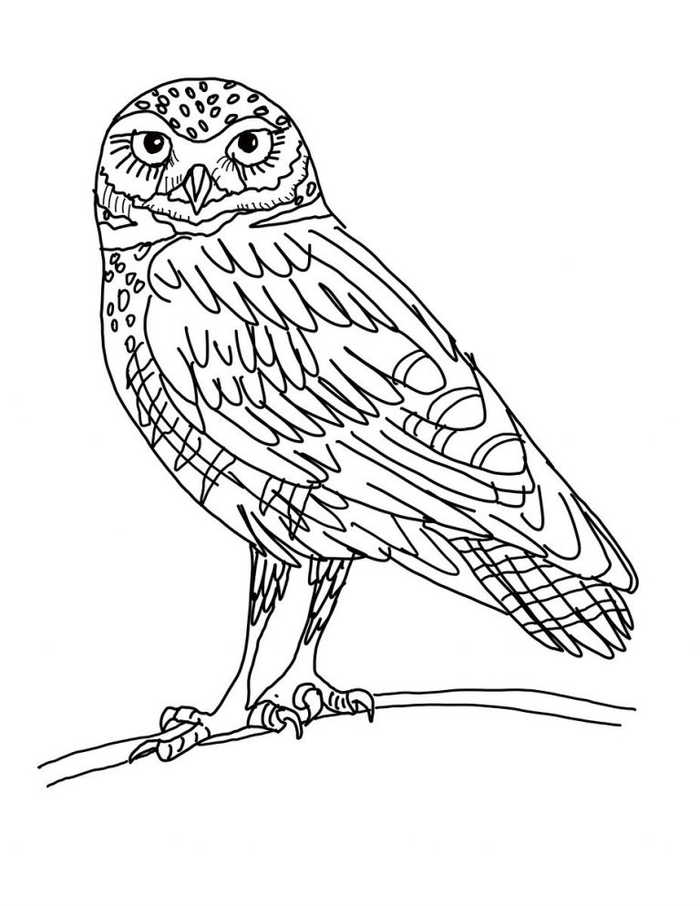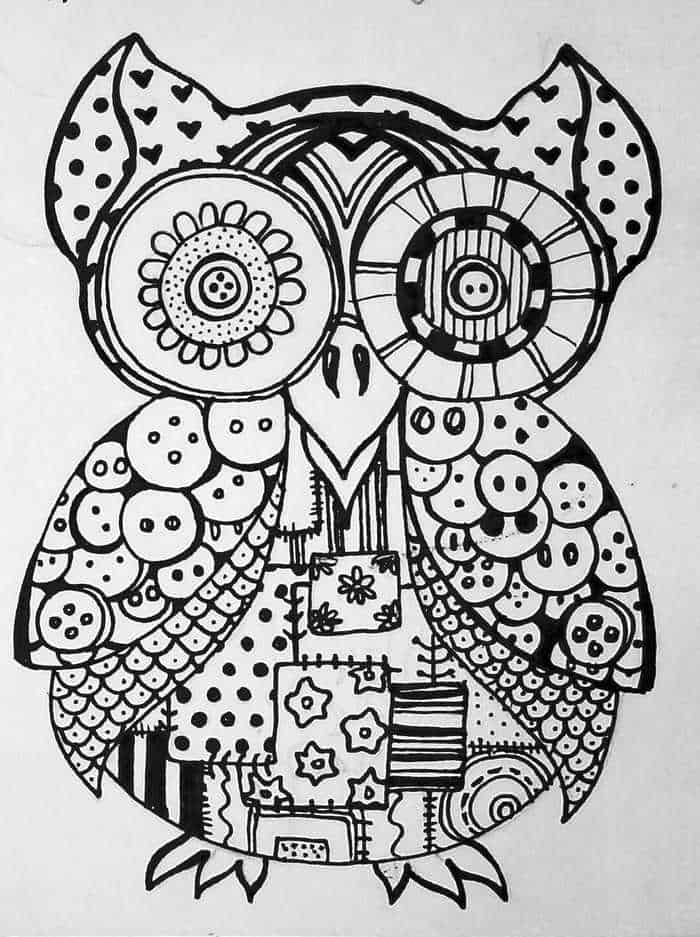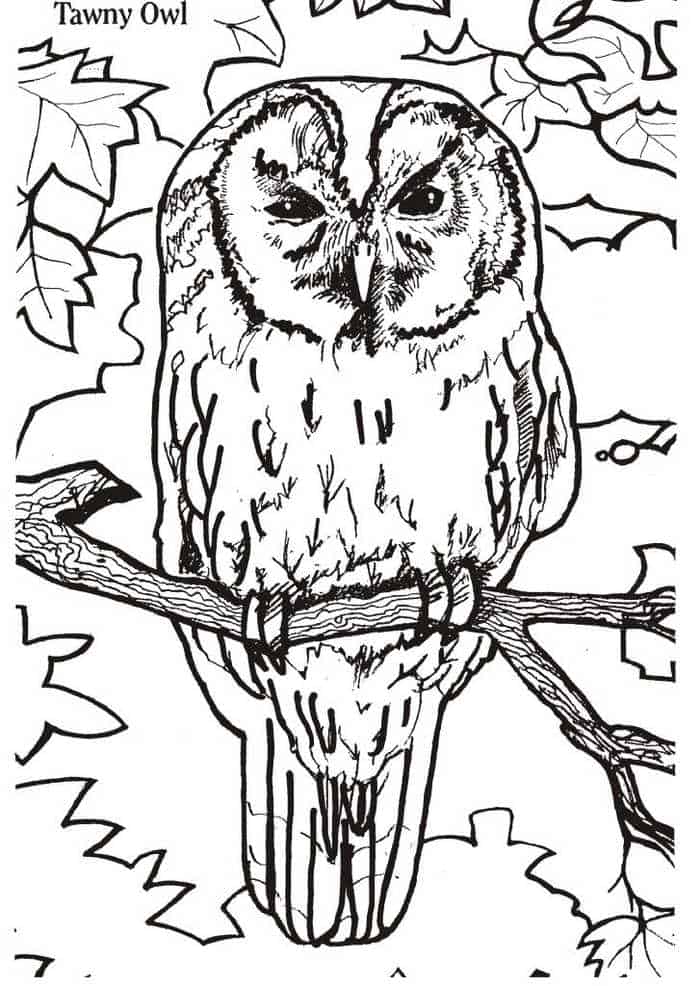Owls have a predominantly nocturnal habit and are predators of invertebrates and vertebrates. They are found in all continents except Antarctica.
You also can find these nocturnal birds on this page. Please choose your favorites then color them as you like. Happy coloring.
Owl Coloring Pages
Hearing is also very well developed and widely used in hunting. The owl detects the prey through the noises produced during the locomotion on the ground or in the vegetation.
The soft plumage and the “teeth” they have in the feathers let the air flow freely and, by the lack of impact, reduces the noise of the beating of the wings and allows the approach of the prey through a tranquil flight.
They have curved beaks and powerful claws with curved and sharp nails to capture and kill the prey, which in most cases, will be swallowed whole.
The non-digestible parts, such as insect shells, hair, and bones, are regurgitated. Owls are essential agents in the integrity of communities because they avoid overpopulation of prey and eliminate defective individuals.
The reproductive period of these animals occurs during spring in temperate climates and throughout the tropics.
The males are smaller than females. Males select the nest site according to the abundance of resources for reproduction. They try to conquer the females by the quality of their territory and by nuptial gifts (prey) presented during the procession.
They rarely build nests, almost always using small depressions in the ground, cavities in trunks, or even nests or cavities made by other animals.
The female lays two to three eggs, which will be incubated by her for a period of 20 to 30 days. After hatching, both parents participate in the care of the offspring.
Although some species, mainly the smaller ones, can be preyed on by other animals, such as hawks and some mammals.
When they feel threatened, these animals can use active and passive defense strategies. Inactive defense, the owl emits alarm vocalizations and gives low flights over the predator.
In the case of passive defense, the owl erects the feathers to “inflate” the body and snaps its beak in an attempt to frighten and scare off the threat.

